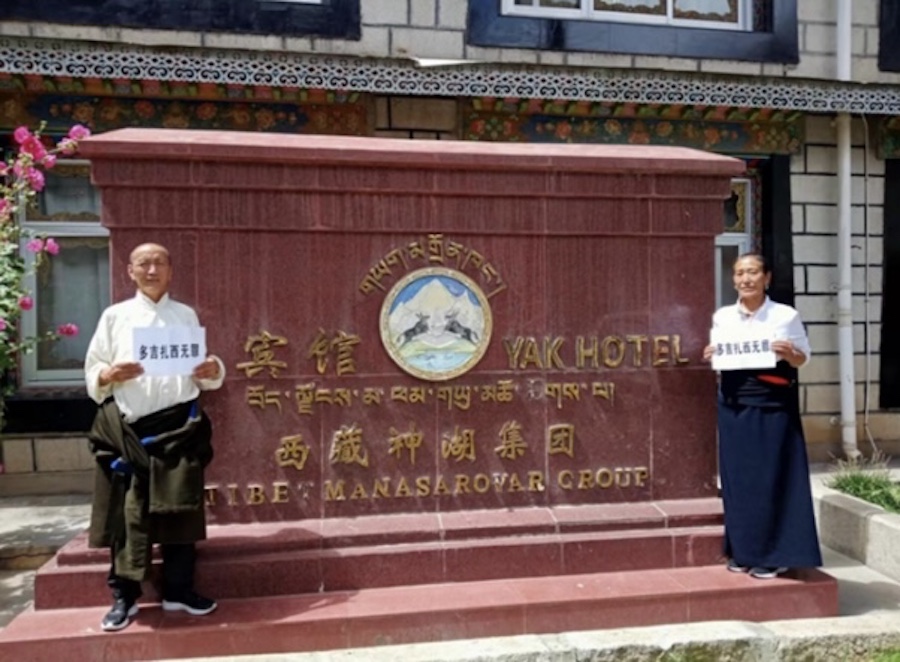By Jaime Licauco
To the average Western-trained mind, death is one unfathomable mystery whose coming is much dreaded and must be avoided as much as possible. In fact, Western medicine is premised on the avoidance of death and the prolongation of life.
This attitude is opposite that of the Tibetan’s view of life and death.
Tibetan Buddhism looks at life and death as natural cycles, two forces intimately connected to each other. Birth in the physical level is seen as death on the spiritual plane, and physical death is looked at as birth in the spirit.
Therefore, death is regarded not really as the end but the beginning of a transition into the spirit world. They call this transition the “bardo.”
The concept of the bardo is explained and discussed fully in what has become known as the “Tibetan Book of the Dead.”
Actually, according to Tibetan monk Sogyal Rinpoche, the title is a mistranslation of the Tibetan word, much like the Egyptian Book of the Dead was also a mistranslation by Western writers.
The actual name of the book is “Bardo Todrol Chenmo,” which means “the Great Liberation through Hearing in the Bardo.”
The four bardos
The transition from this life to the afterlife and back is very clearly well established in Tibetan Buddhism as the four bardos. These are:
1. “The natural bardo of this life, which spans the entire period between birth and death.”
The time we spend alive is relatively short. “The teachings tell us emphatically that the bardo of this life is the only, and therefore the best, time to prepare for death.” That is why in Tibet, the moment a child is born, he or she is already being prepared for death.
2. “The painful bardo of dying lasts from the beginning of the process of dying right up until the end of what is known as the inner respiration. This in turn culminates in the dawning of the nature of mind, what we call the ‘Ground Luminosity,’ of the moment of death.
3. “The luminous bardo of dharmata encompasses the after-death experience of the radiance of the nature of mind, the luminosity or clear light, which manifests as sound, color and light.
4. “The karmic bardo of becoming, which is called generally the bardo or intermediate state, which lasts right up until the moment we take on a new life.”
It is at the moment of death that man is given the greatest opportunity for liberation. This may sound paradoxical, since we are more used to the Western concept which sees death as the ultimate end.
Explains Sogyal Rinpoche in the “Tibetan Book of Living and Dying”: “However consummate our spiritual mastery may be, we are limited by the body and its karma. But with physical release of death comes the most marvelous opportunity to fulfill everything we have been striving for in our practice and our life.
“Even in the case of a supreme master who has reached the highest realization, the ultimate release, called parinirvana, dawns only at death. That is why in the Tibetan tradition, we do not celebrate the birthdays of masters; we celebrate their death, their moment of final illumination.”
We in the Christian world have much to learn from the Tibetan concept of death and dying.









